
Mannerism style in interior design - the aesthetics of grandeur and the logic of mannerism
Mannerism style in interior design is characterized by extravagance and even pomposity. It is a grand, almost palatial style that aspires to luxury and incorporates elements of Baroque and Renaissance influences.
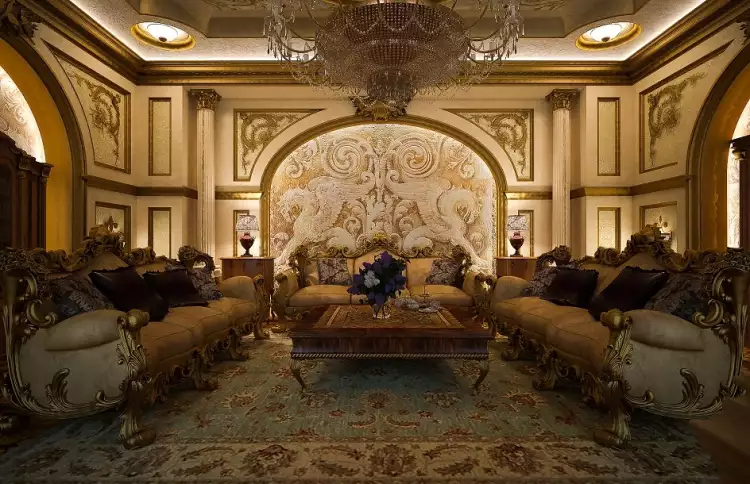 Mannerism Style in Interior Design. Interior of a Relaxation Room in the Mannerism Style
Mannerism Style in Interior Design. Interior of a Relaxation Room in the Mannerism Style
Mannerism style in interior design is not about restraint; it is about "everything at once." The ostentatious display of wealth and prosperity in a "mannered" setting resembles an intricately carved jewelry box adorned with inlays. Underneath its elaborate lid lies a multitude of diverse trinkets belonging to a noble lady: precious jewelry and sparkling costume pieces, valuable cameos and their plastic imitations, pendants with portraits, mirrors in carved frames, gilded toiletries, elegant porcelain figurines, fine batiste handkerchiefs with rich embroidery and lace. It takes immense taste and effort to give this lavishness a sense of nobility, to create something organic, aesthetic, cohesive, and at the same time, comfortable and cozy.
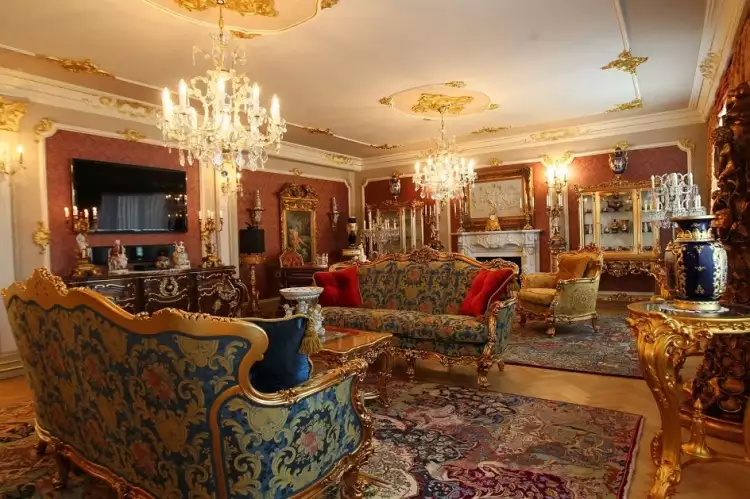 Mannerism Style in Interior Design. Interior of a Lounge Area in the Mannerism Style
Mannerism Style in Interior Design. Interior of a Lounge Area in the Mannerism Style
Main characteristics and features of Mannerism
The Mannerism style in interior design is not so much an independent movement (it lacks unity) as a series of tendencies that emphasize expression and grandiosity, a certain artificiality. It merely aspires to luxury and meticulously imitates it, disregarding the foundations and laws by which it is constructed and functions.
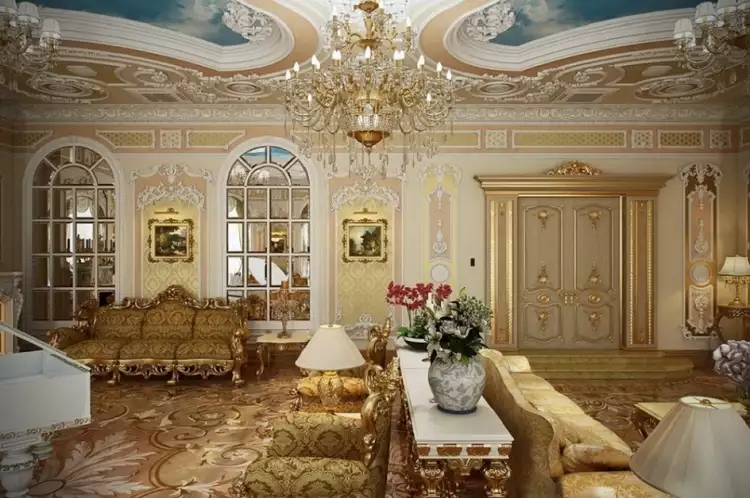 Mannerism Style in Interior Design. Faux Windows in the Mannerism Style
Mannerism Style in Interior Design. Faux Windows in the Mannerism Style
Here, form strives to dominate over content, and the external over the internal. Maintaining a balance and avoiding falling into vulgar "kitsch" is extremely challenging, but if achieved, it can result in a distinctive yet comfortable living space.
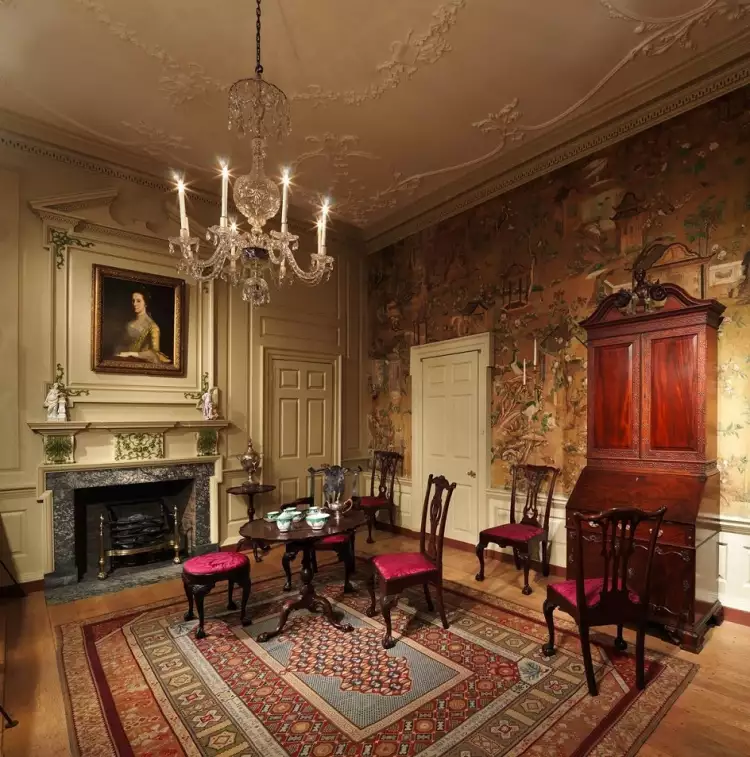 Mannerism Style in Interior Design. Interior of a Fireplace Nook in the Mannerism Style
Mannerism Style in Interior Design. Interior of a Fireplace Nook in the Mannerism Style
Key features of Mannerism style in interior design:
- Architecture: Imitation and excessive detailing are welcomed, pushing the boundaries of grotesque. Simulated elements and illusions are permissible (reliefs, moldings, blind windows, pseudo-columns and statues, false arches), but they must appear authentic. All elements must contribute to an overall impression of luxury and grandeur. Spacious rooms with high ceilings and very large windows are most suitable for Mannerism.
- Color palette: The use of saturated colors is characteristic. Deep, noble shades of crimson and burgundy, chocolate brown and beige, blue and green dominate. Pink, blue, light green, and other pastel tones dilute and complement the main palette. Gold leaf is also widely used.
- Finishes: Excessiveness reigns in the finishes – everything is a bit too much. Walls are lavishly decorated with gilded moldings or their imitations, adorned with ornaments, frescoes depicting fantastical and mythological subjects. Ceiling paintings are acceptable if the room dimensions allow. Floors are covered with marble tiles or high-quality imitations and intricate parquet.
- Furniture: Furnishings are chosen not for their comfort but for their "appropriateness." Noticeably luxurious tables and cabinets with abundant intricate carvings, antique chairs, sofas, and chaise lounges with dense smooth upholstery, carved legs and backs – all reminiscent of the style of Louis XIV.
- Textiles: Fabric elements abound. Thick carpets with classical patterns, layered curtains made of dense, heavy fabrics, intricate draperies are welcomed.
- Accessories: The Mannerism-style decor is overloaded with details. Walls are adorned with reproductions of 16th-century paintings, such as those by the Mannerism ideologue Giorgio Vasari. A unified stylistic approach is almost out of place: Baroque chandeliers coexist with modernist sculptures, Chippendale boxes with Empire vases, Victorian porcelain, ancient statues, and classical forged candlesticks.
- Lighting: The main illumination is provided by a massive round crystal chandelier placed in the center of the ceiling. It is often adorned with ornamental moldings, and the surrounding area is filled with painted decorations. The second layer of lighting includes wall sconces and tall torchères with dense lampshades. The third layer incorporates table lamps.
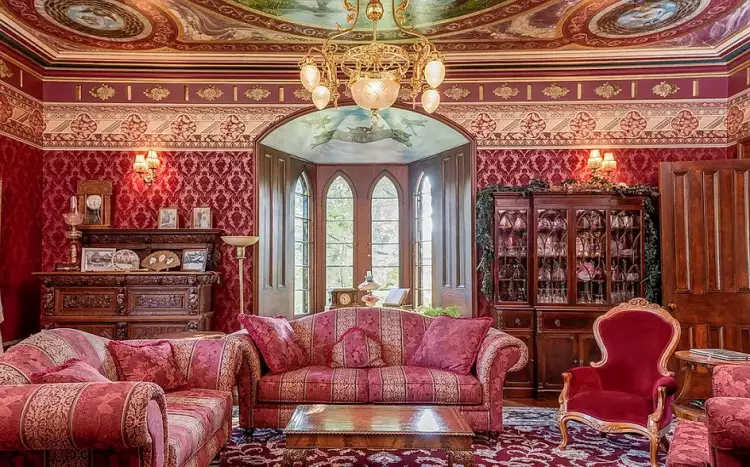 Mannerism Style in Interior Design. Interior of a Living Room in the Mannerism Style
Mannerism Style in Interior Design. Interior of a Living Room in the Mannerism Style
History of Mannerism
Mannerism originated in 16th-century Italy. It was Rome and Florence that became the flagships of this stylish art, characterized by a rejection of harsh reality and the substitution of illusions and symbols. Essentially, this style served as a transitional phase in culture, bridging the gap between the Renaissance and the Baroque.
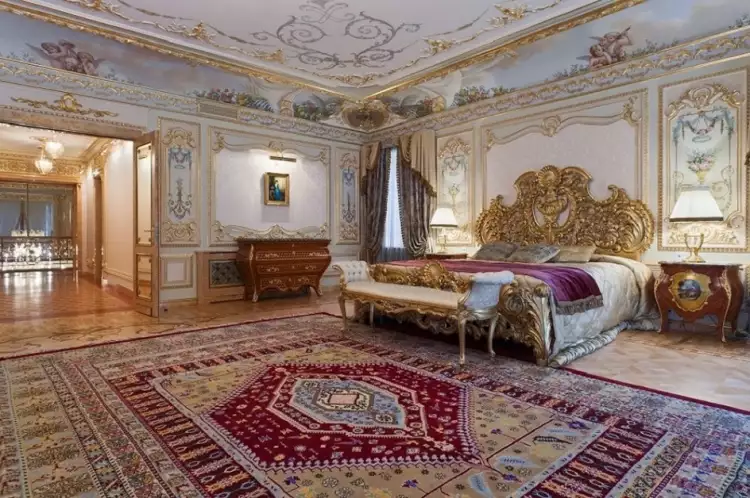 Mannerism Style in Interior Design. Interior of a Bedroom in the Mannerism Style
Mannerism Style in Interior Design. Interior of a Bedroom in the Mannerism Style
The style of Mannerism in interior design became a logical continuation of the corresponding cultural movement. Therefore, it possesses a certain illogicality and even chaotic quality, inherent to all transitional periods. Today, Mannerism is rarely used in interior decoration, at least in its pure form. However, many of its elements fit perfectly into the ambiance of modern apartments and houses, transforming their aesthetic perception.
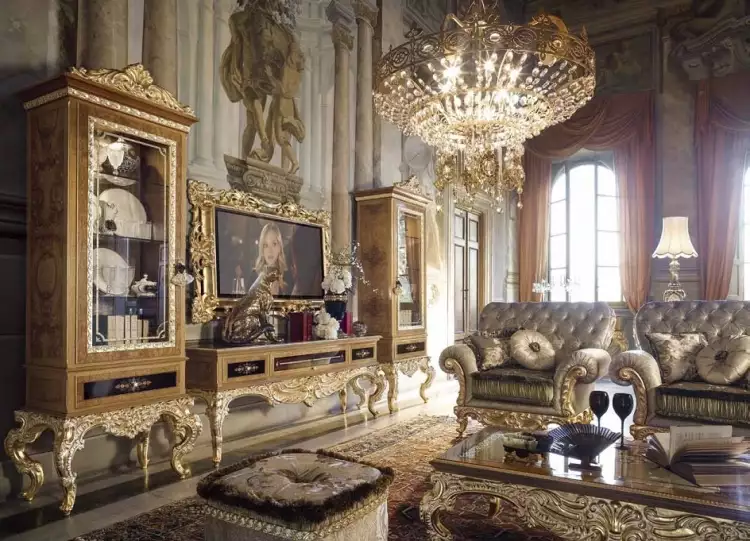 Mannerism Style in Interior Design. Interior of an Apartment in the Mannerism Style
Mannerism Style in Interior Design. Interior of an Apartment in the Mannerism Style
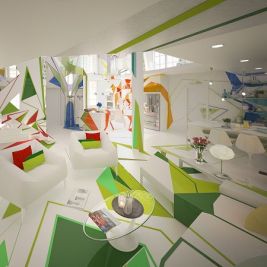 Expressionism in interior design - the style of freedom and youth
Expressionism in interior design - the style of freedom and youth 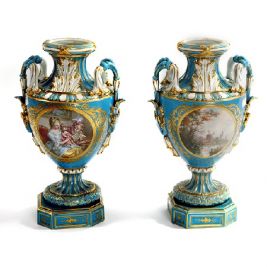 French Porcelain: History of Development and Top Manufactories
French Porcelain: History of Development and Top Manufactories 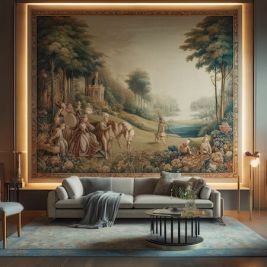 The Renaissance of Historic Tapestries
The Renaissance of Historic Tapestries  Yves Klein: biography, creative works, the best paintings of the French artist
Yves Klein: biography, creative works, the best paintings of the French artist  The Rise of Generative Art: Bridging Technology and Creativity
The Rise of Generative Art: Bridging Technology and Creativity  Innovative Skyscrapers Reshaping Urban Skylines
Innovative Skyscrapers Reshaping Urban Skylines  The top 10 most famous photographers in the world - the best photo artists of all time
The top 10 most famous photographers in the world - the best photo artists of all time 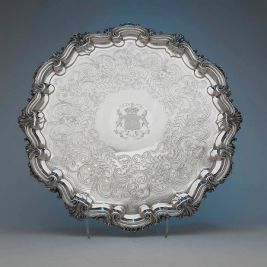 Sheffield silver - exquisite beauty, accessible to ordinary people
Sheffield silver - exquisite beauty, accessible to ordinary people  Agnolo Bronzino was a great Italian portraitist and a brilliant intellectual of the Mannerist era
Agnolo Bronzino was a great Italian portraitist and a brilliant intellectual of the Mannerist era 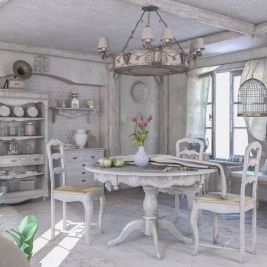 Interior design refers to the internal space of rooms: styles of decoration, classification, and characteristics
Interior design refers to the internal space of rooms: styles of decoration, classification, and characteristics